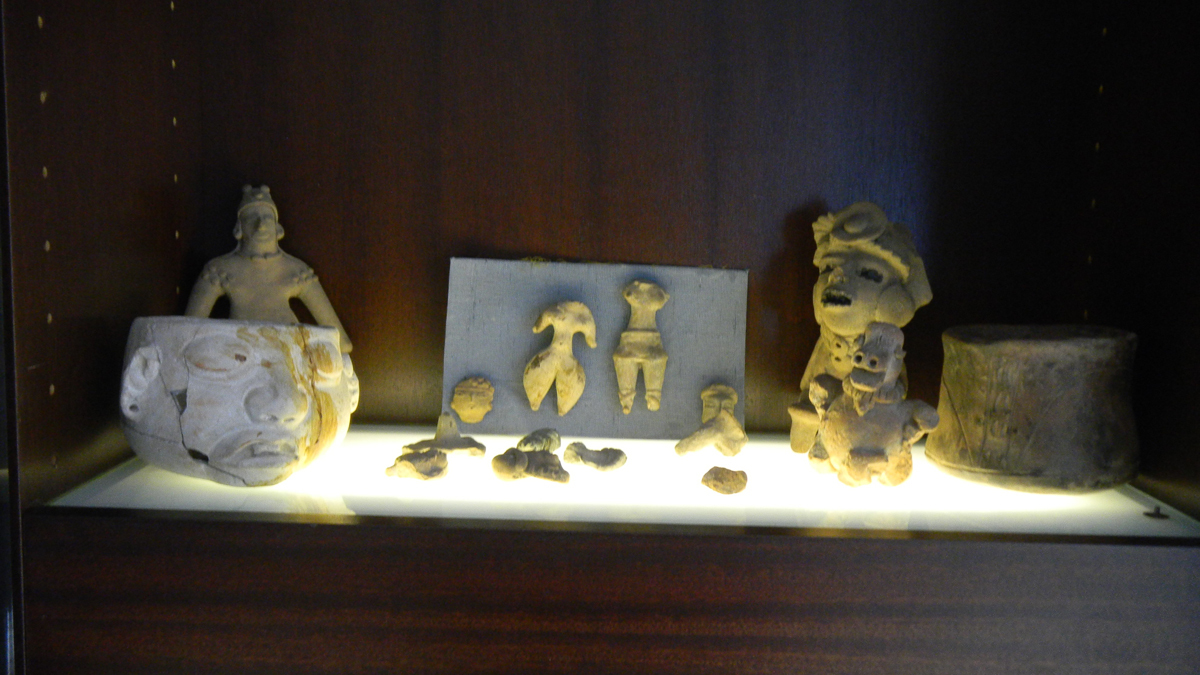by Sara Foster
Early this year, the Humboldt Forum announced its grand opening in the reconstructed Berlin Palace, to take place finally at the end of July. Rather than being met with the expected excitement, however, came a controversy surrounding its central pieces, and a necessary dialogue to follow about repatriation of colonialist-acquired works.
Since then, the Humboldt Forum has pledged to return the Benin Bronzes to their birthplace of Benin City, Nigeria. German Foreign Minister Heiko Maas was vocal about his support of restitution and addressing the country’s colonial history, qualifying it as “a question of justice”.
On June 14, Mexico revealed that 34 Pre-Columbian artefacts held by private citizens had been voluntarily returned from Germany, after the citizens approached the Mexican Embassy in Berlin to turn the pieces over. The artefacts originate from ancient cultures spanning present-day Oaxaca, Campeche, and the Gulf of Mexico, and included bowls, vases, stamps, and several anthropomorphic sculptures, one being a mask most likely from the Olmec culture, dating to Mesoamerica’s Preclassic Period (1200-600 B.C.E.), and two others heads in Totonac style, dating to the Classic period (250-900 C.E.).
Mexico is one of many Latin American countries with a rich cultural heritage of finely crafted relics, which have been increasing efforts to promote the return of such objects deeply intertwined with national pride and identity.
During a ceremony announcing the return of the objects, Mexico’s Secretary of Culture Alejandra Frausto Guerrero said, “The brother peoples of Germany and Mexico today give an example that cultural heritage unites us, that respectful dialogue between nations, based on their culture, builds different maps that were normally seen only from a dominant culture toward an ‘other’.”
Alongside the growing awareness of equal representation in the artworld, the dialogue surrounding repatriation has reached an all-time high, the most notorious (and ongoing) example being the Parthenon Marbles in London’s British Museum, the set of sculptures looted by the British from Athens at the turn of the 19th-century, with Greece under the oppressive reign of the Ottoman Empire. Today, Athens’s spectacular Acropolis Museum houses replicas of the magnificent marbles, while the originals sit, rather uncannily, in London.
Provenance research has thus developed swiftly in the past decade into one of the most significant focuses of cultural institutions. Due to the individual history of Nazi Germany, and the country’s resultant devotion to the repatriation of Nazi-looted artworks, Germany is particularly and necessarily invested in such a focus. With the promised return of such monumental artefacts as the Benin Bronzes, and voluntary acts such as the relics to Mexico, there is perhaps hope that such restorations could mark a new chapter in the steps toward a truly global world of art: diverse, representative, and equal.

